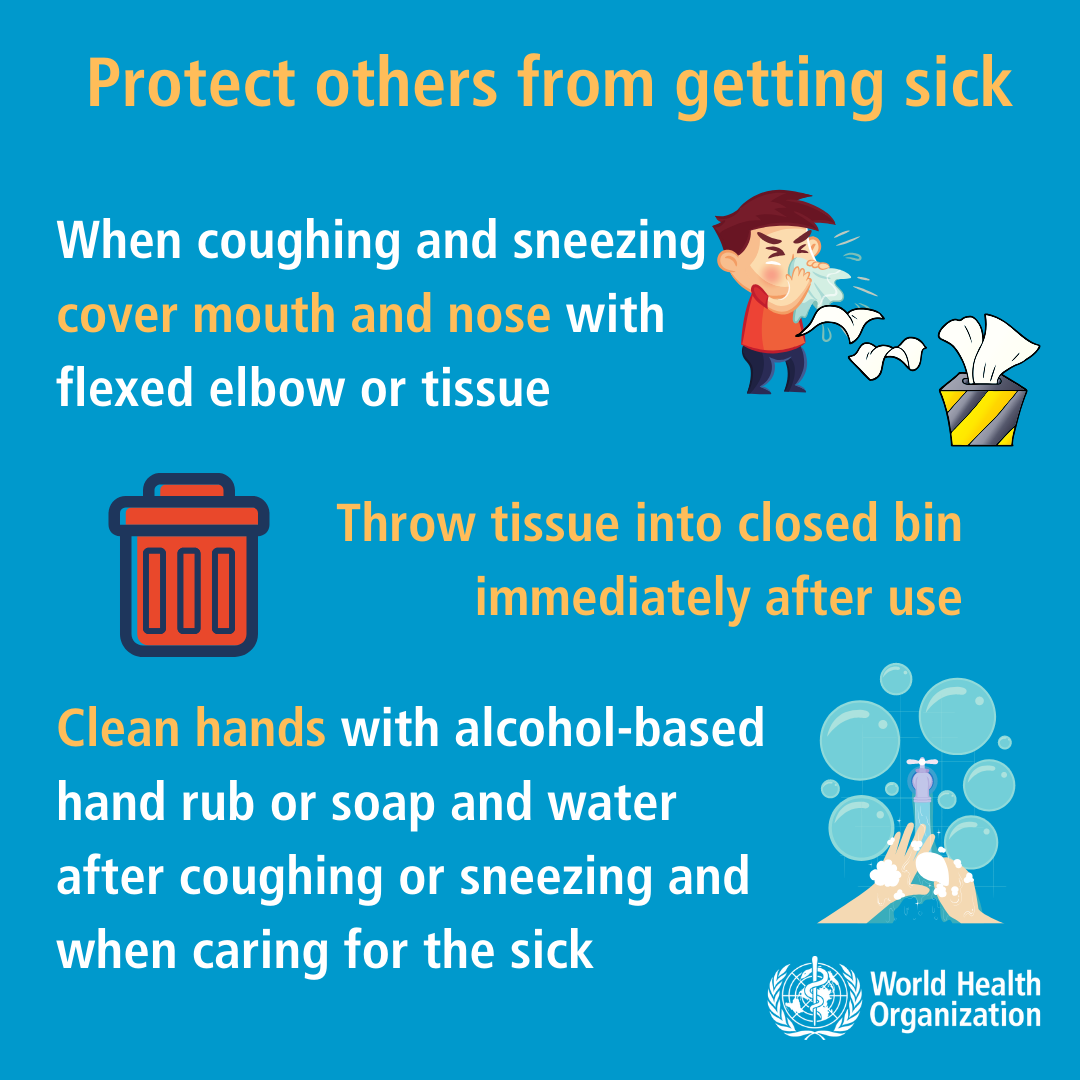|
Lifting Restrictions
On 14 April the WHO released a COVID-19 Strategy Update here and on 16 April the WHO release an interim guidance document here. On 24 April, the WHO released a technical guidance document here. They provide guidance as to when and how restrictions should be lifted. Please read the complete documents. Below is only a brief summary:
Based on current evidence, the WHO believes periods of tight restrictions with low-level spread of COVID-19 will be followed by recurring epidemic waves (large or small) when restrictions are relaxed. Because of the high risk of recurring epidemic waves, if your government lifts stay at home orders and reopens businesses, it is important to remember:
- Your community may still have sporadic cases or clusters of cases. When you are out in public, you must: 1) avoid large gatherings, 2) maintain social distancing (1 to 1.5m from all strangers), 3) resist touching your face, 4) wash your hands frequently and 5) practice good respiratory hygiene.



- If you have a cough or a cold, wear a mask when you go outside.



- Make sure your employer continues preventive measures in your workplace.

- Because your community may still have sporadic cases or clusters of cases, the elderly may still be at high risk: Do not visit elder care homes and do not start visiting your elderly relatives or neighbours.

- To reduce the risks of new outbreaks, there may be 2 week gaps between each restriction that is lifted. It may take a while before life returns fully to normal. Please be patient.
[ Back to EBDM Main page ]
Any questions or comments please contact Gordon.Doig@EvidenceBased.net
Privacy Policy
Page last modified on Tuesday 19 May 2020.
|
























